The Ministry of Defence has taken the first steps in exploring the issues preventing the full utilisation of additive manufacturing (AdM), also known as 3D printing.
The MOD has set up the first framework for AdM and has awarded industry contracts to five companies – AMFG, Babcock, NP Aerospace, RBSL, and Thales.
These companies will tackle the first phase of this work, which is focused on fitting eleven non-safety critical metallic parts onto in-service platforms.
The companies will work closely with the MOD and other industry organisations to scale up the use of AdM parts, leading to greater innovation in manufacturing. This is the first step under the framework, and the MOD will work with industry on tasks of increasing complexity, all focused on additively manufactured defence inventory parts to fit these to in-service platforms. If successful, this will enable the UK to better exploit the technology and be prepared for future requirements.
The Defence Support (DefSp) organisation, within Strategic Command, is leading the project in close collaboration with its delivery partner, Defence Equipment and Support (DE&S). The contracts were awarded by DE&S’ Future Capability Group on behalf of DefSp. This framework will enable the MOD and industry to better understand the challenges and opportunities of using AdM and to explore ways to use this technology to its best effect.
You can read more about this here.


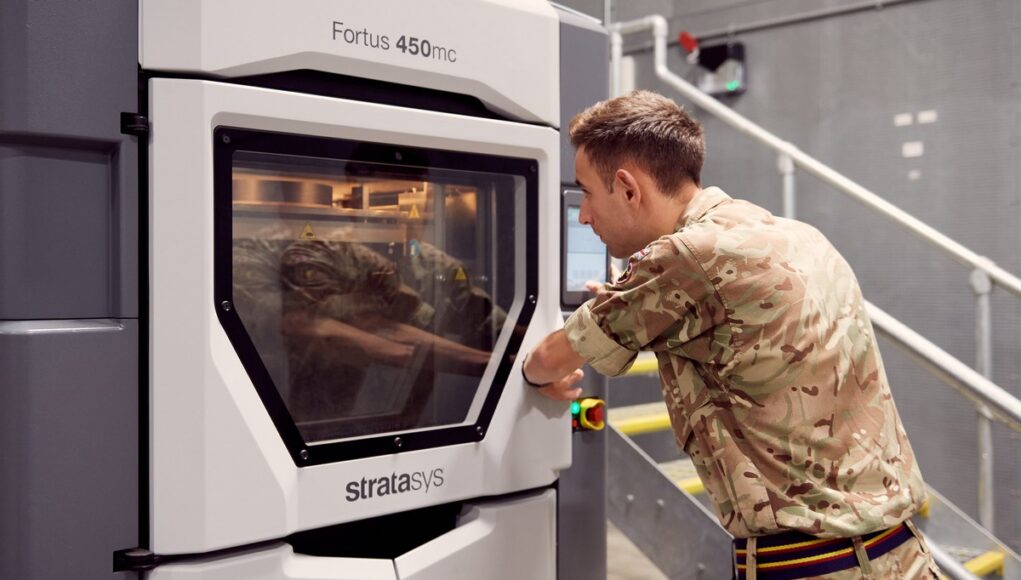

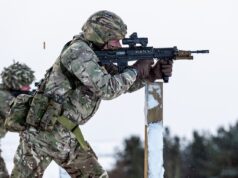
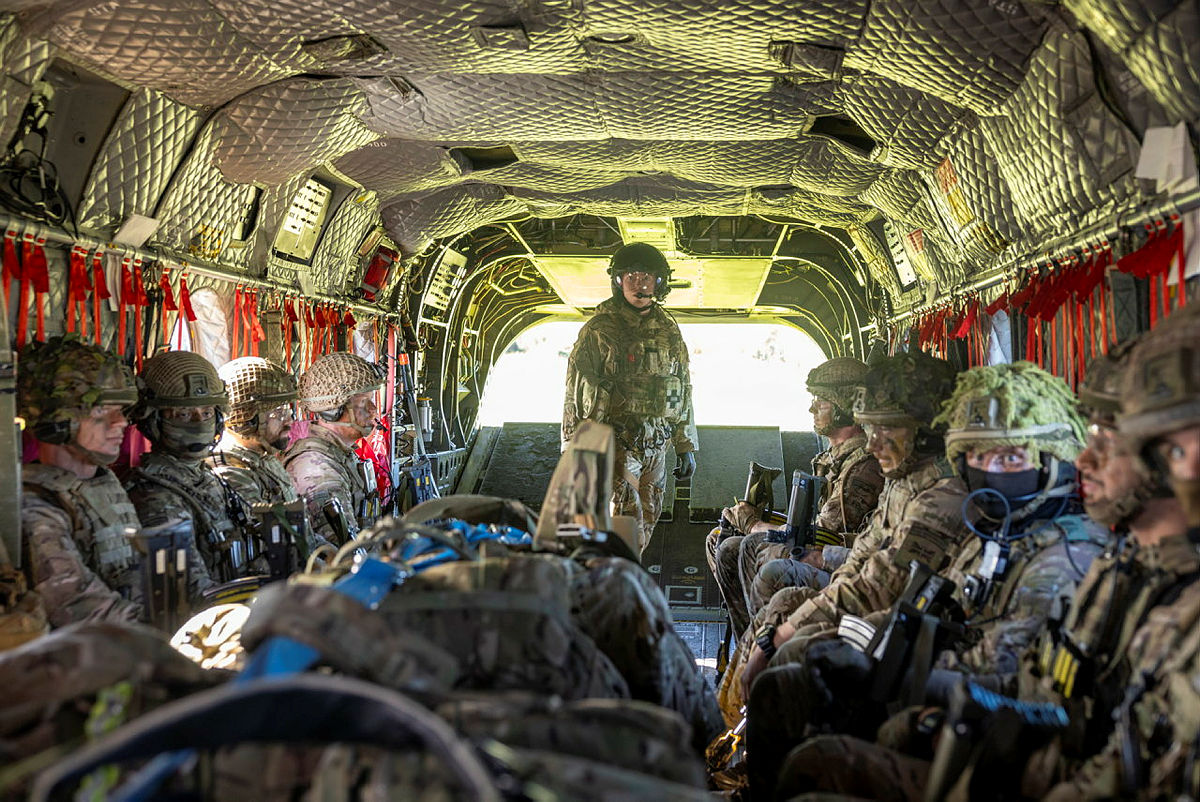
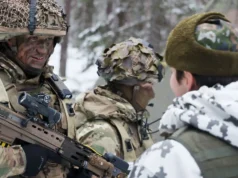


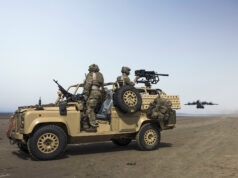

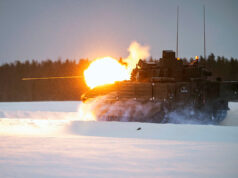
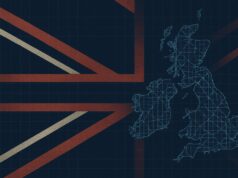

When we arrive at the time and place when I can say:
” Tea ,Earl Grey, hot”
I’ll be happy
Generations of royalty have had staff for that very thing Farouk…..
Well the first samples of 3D printed food have been produced so combined with developments in AI I suspect it has its possibilities.
Spam?!? Hormel was ahead of the technology curve (1937).
‘Make it so’
Joking aside, Jean Roddenberry was quite the visionary, communicators, replicators etc, have all effectively come to fruition.
There was a chap on the radio the other week who invests in emerging technologies, he said life as we know it will be radically different 20 years from now, I can certainly believe that too….
I’m looking forward to the day I can bolt a couple of warp nacelles to my Land Rovers roof.
The day will come….
Lifelong Trekkie so don’t need any convincing. As an old fart I can remember being in awe of the communicators on the original series but then you look at modern mobile phones and realise how far beyond them we’ve come. The time lag between sci fi tech and reality is narrowing all the time. ‘Live long and prosper’
They were predicted way before Roddenberry picked up a pen M8. He just read science is all. The actual visionary that he read was Paul Durac
I will be happiest when my AI robot best friend is an exact copy of commander data and my carer is captain John Luke Picard.
Personally I’d like my AI robot best friend to look like 7 of 9 😉
Excellent choice! 😁
Ultimately less SKU’s of inventory.
Provided the throughput of the additive systems is high enough that isn’t an issue.
The trouble is that the kit needs to be sized such that it can manufacture parts at war time rates of consumption.
There are ways round this as the MOD could do a deal with an additive manufacturer to use the spare capacity in peace time but have first dibs for defence on it in time of national emergency.
A bit like used to be done with the spare tankers.
This is roughly how the National resilience plan works for construction machinery for emergency / bad weather.
Hi SB,
During WW2 men in sheds used to make parts for de Havilland Mosquitos. System was based on the old piece work system used by spinners in the cloth industry in the 18th / 19th century.
If the picture above is anything to go by there is no reason why you would need to put those machines in a factory, you could place them in garages or anywhere where reasonably skilled or sensible people can keep an eye on them. Could have some very interesting implications for distributed manufacturing and resilience…
Cheers CR
Depends on the machine and what it is making?
Is it using plastics and needing fume suppression?
Is it doing large metal objects also probably needing fume and fire suppression.
Then there is the issue of feedstocks and power – some of these machines need a lot of it.
I agree that for some smaller components small family engineering shops have a new lease of life.
Then there is the issue of a few guys can mind a lot of machines?
So I suspect you do see them in rows in a large warehouse style structure.
Big machines I totally agree, but if it is a small machine making small components then I think it is entirely feasible. I have a small 3D printer that prints in plastic, but obviously a metal printer is very different.
Nevetheless, DIY’ers can put together some very capable home workshops so extractors would probably be doable. Also I am thinking in terms of major war conditions where perhaps desperate times would change the calculus e.g. wide spread mobilisation not just of the military but also of the general population a la Ukraine.
Cheers CR
Good to see a REME guy pictured. Its certainly equally valid for use in the field.
Are the 5 companies mentioned leaders in 3D printing? Or are they picked as they already work on lots of defence products and own designs etc?
What may be really interesting is the ability to make things stronger, lighter, cheaper than currently available. If every part design is available and machines can produce any bit that’s needed of the correct materials.
I thought that as well. There has been a lot of criticism that the MOD go to the same old group of company’s when ever they want anything. Make UK Defence are trying to get them to spread the net a bit wider with new suppliers
Quantum torpedo please, maximum yield, warp 9.5 speed capacity. Target Putin. Fire on my command
I would also hope the MOD have this for smaller component as standard in their workshops/maintenance sheds. So you can reproduce a part for ch2 or warrior or similar, and then a small space abroad ships to do the same. I know us matinees started trying out stuff like this. Ideally you have a programme that can start making a digital twin of high wear components that can then be manufactured. I know the new boats will have the full digital twin, but we should have one for a f35, typhoon etc etc.
Did you know about this:
UK develops 3D-printed ‘suicide drone’ to aid Ukraine against Russia
The United Kingdom (U.K.) has reportedly developed and tested a number of unmanned aircraft systems (UAS) undercover to support Ukraine.
Among the UAVs is a 3D-printed delta-wing “suicide” drone produced as part of the rapid development program to deter Russian aggression in Ukraine.
UK’s KINDRED programThe 3D-printed drone is part of a larger U.K. government initiative called KINDRED that examines what kinds of weaponry and technology Ukraine might possibly put into service in the next four months. The drone program was managed on an even shorter schedule, with the QinetiQ-led team being allowed just three weeks to show senior U.K. Ministry of Defense officials a variety of new drones.
This should have been done many years ago.
It has been, but by individual platforms. For example both Typhoon and Chinook have been using 3D printed parts that replace items that are not load bearing, such as wire clamps, some small panels and rapid prototyping for modifications etc.
It is now being investigated under one roof. Where they have their own budget plus dedicated manpower to look at and if there’s value in pursuing a particular technique.
There is still the issue of getting parts cleared for use, especially in the aircraft sector. Common PLA, ABS and Nylon do not meet the heat requirements laid down by the CAA. Which is why Ultem is used, though it doesn’t have the strength of carbon fibre reinforced plastics.
3D metal printing is a slow process. The product is not as strong as a machined or forged part. As it generally uses layered sintering as the construction method. Though layered continuous welding is gaining more popularity. Both processes require additional treatment processes for finishing and strengthening.
Thankfully due to demand, metal 3D printing in particular is getting better and cheaper. The continuous welding technique I feel will be the better method for products that require a certain strength, as you can to a degree, control the grain pattern. I’m sure in time it will be as good if not better than a cast product.
great post